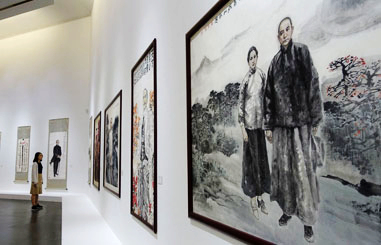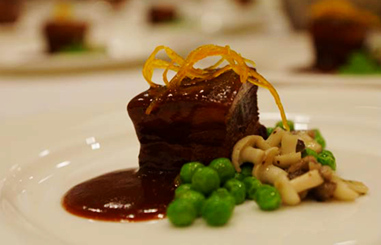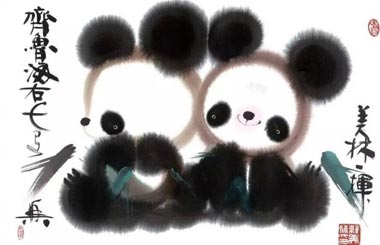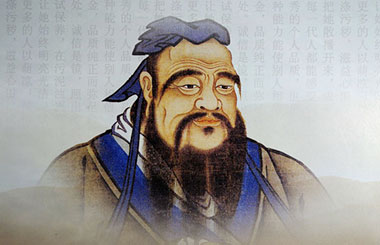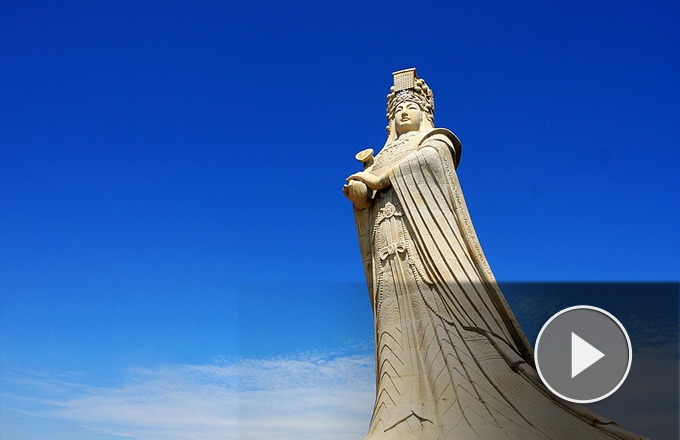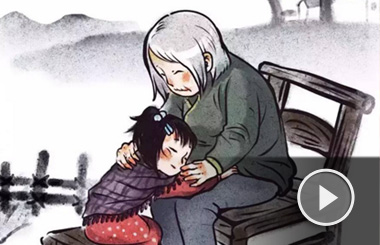Porcelain fans get royal treat
Speaking about the pieces with defects, Lyu says failures to get the color or shape right was a common reason for the pieces to be destroyed. Some were, however, rejected for other "small" reasons.
"For instance, we found broken items in Jingdezhen, some as exquisite as those housed in the Forbidden City, but with mistakes in the chronological information, or with an extra paw for the dragons."
In 2015, the Palace Museum held a similar event on imperial kiln items from the 1368-1435 period, covering three emperors, but Lyu says the Chenghua period needed to be emphasized because he believes it represents a zenith in porcelain making during the Ming Dynasty.
"Chenghua imperial porcelain is among the most delicate, and the surfaces look like they are polished using oil," says Lyu. "Their patterns and colors are not flamboyant, but they reflect harmony and elegance.
"Emperor Chenghua may not have been a good ruler-nurturing notorious officials-but we cannot deny that he had taste."
Lyu also points to the overseas artistic influences seen in imperial kiln ceramics of the Chenghua era, reflecting cross-cultural communication. Some exhibits from the time show typical Islamic patterns from western Asia.





